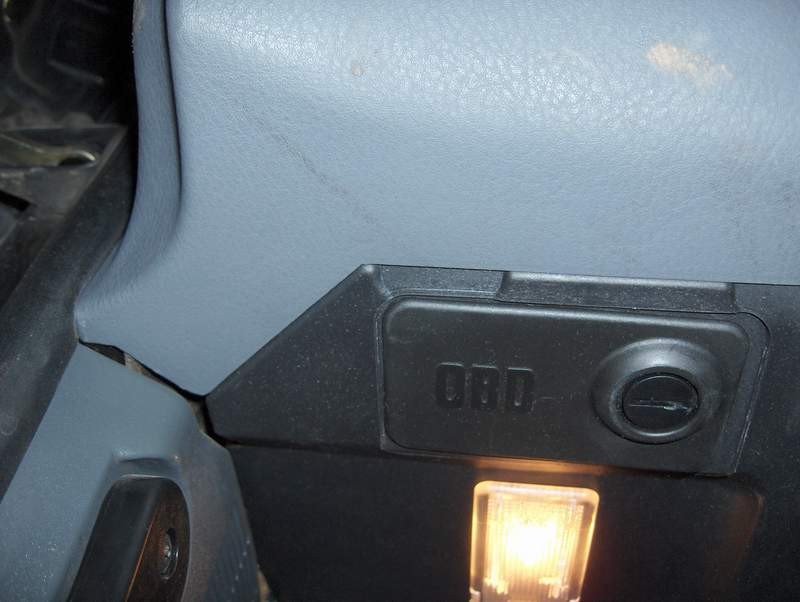Experiencing a check engine light in your BMW E36 can be concerning, and naturally, the first thought might be a costly trip to the dealership. However, before you rush to schedule an appointment, there’s a simple step you can take yourself: checking the diagnostic trouble codes (DTCs) using an OBD2 scanner. The key to this process is locating your BMW E36’s OBD2 port. While it might not be immediately obvious, finding it is easier than you think, and this guide will show you exactly where to look.
Many car owners are familiar with the OBD2 port, a standardized interface that allows you to access your vehicle’s computer system for diagnostics. For BMW E36 models, which were produced in the 1990s, the integration of OBD2 technology was a significant advancement. This system empowers you to understand your car’s health by reading error codes, potentially saving you time and money on unnecessary mechanic visits.
However, unlike some domestic cars where the OBD2 port is openly visible under the dashboard, BMW cleverly concealed it, which can lead to some initial confusion. Online forums sometimes add to the mystery, with discussions mentioning round connectors under the hood, specific to BMW, or vague descriptions about locations near the clutch pedal.
The truth is, the OBD2 port on your BMW E36 is indeed under the dashboard on the driver’s side. The catch is that it’s hidden behind a cover, neatly labeled “OBD.” Unless you position yourself to look directly upwards from the footwell, this cover can easily be missed.
Let’s break down the simple steps to uncover your Bmw E36 Obd2 port:
-
Get Ready: You’ll need a flashlight to illuminate the area under the dashboard. Position yourself in the driver’s side footwell, ready to look upwards.
-
Locate the Cover: Shine the flashlight under the dash, on the driver’s side. Look for a rectangular cover, typically black, with the letters “OBD” clearly marked.
The BMW E36 OBD2 port cover, discreetly located under the driver’s side dashboard.
- Open the Cover: You’ll find a small, coin-slot screw head on the cover. Use a coin to turn this screw. It doesn’t need much force. Once turned, the cover will swing downwards, hanging by a tether.
With the cover opened, the BMW E36 OBD2 port becomes accessible.
-
Access the Port: Even after opening the cover, you’ll notice the OBD2 connector itself has a protective cap. Simply pull this cap off. It’s also tethered, so it won’t get lost.
-
Connect Your OBD2 Scanner: With both covers open, the standard OBD2 port is now fully visible and ready to use. Connect your OBD2 scan tool to diagnose your BMW E36.
An OBD2 scanner cable connected to the BMW E36 OBD2 port for diagnostic access.
By easily accessing the OBD2 port, you can use a scanner to read and clear diagnostic codes. In my case, a check engine light on my wife’s 1997 BMW 328i turned out to be a minor, past coolant sensor issue, likely triggered by a recent battery change. Clearing the code with a scanner resolved the problem, saving a potentially unnecessary trip to the mechanic.
Knowing how to locate your BMW E36 OBD2 port empowers you to take a proactive approach to car maintenance and diagnostics. This simple task can be the first step in understanding your vehicle’s needs and potentially saving money on minor issues.


